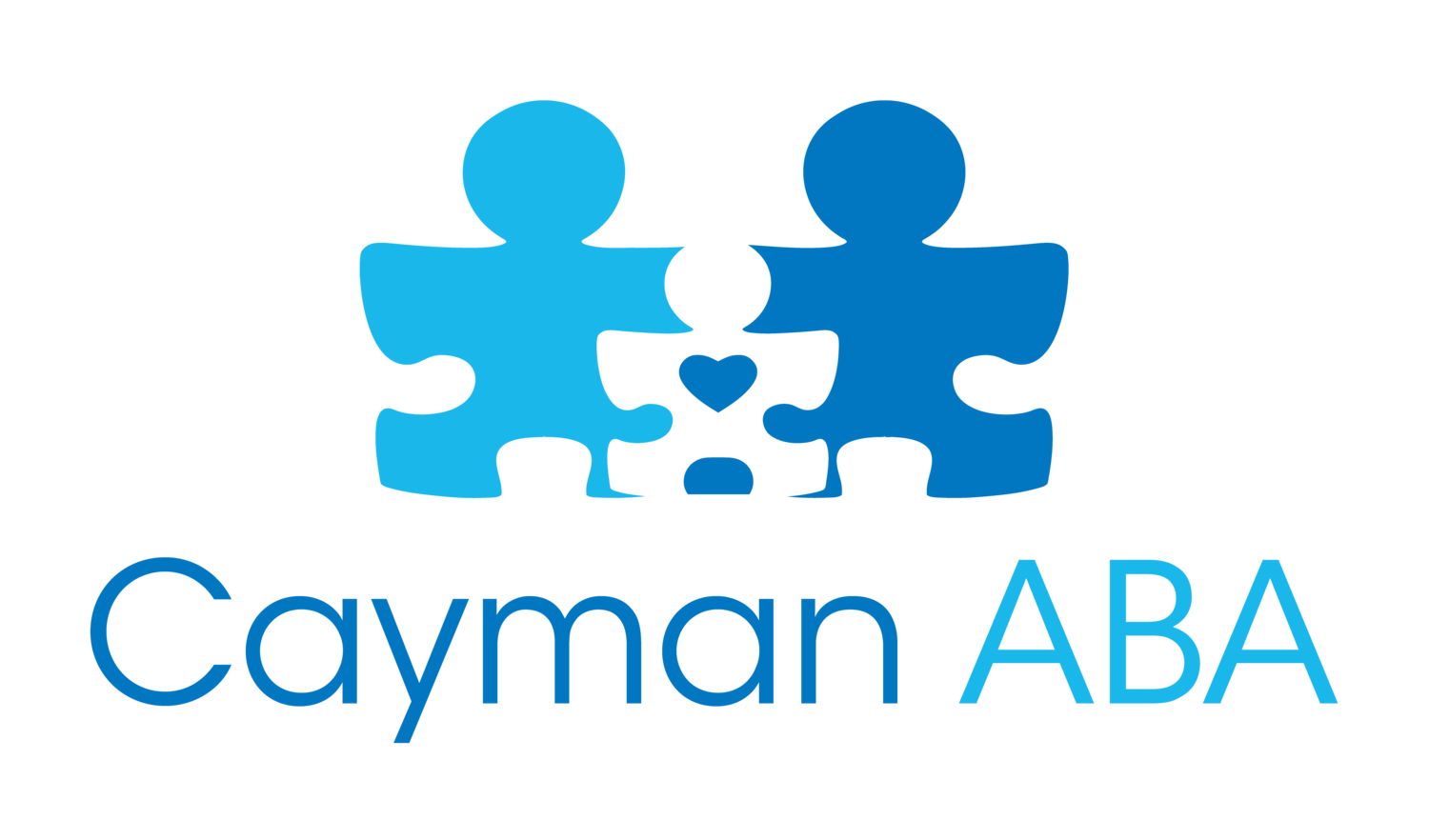One of the misunderstandings in ABA therapy is that the use of positive reinforcement, which is rewarding a behaviour that has occurred, is the same as bribing a child to do something you want them to do. The main point here is that, with bribery, you are promising a reward in response to the lack of a desired behaviour; whereas, with positive reinforcement, you and the child agree on a reward for an appropriate behaviour before any behaviour has occurred. Let’s look at an example;
If a child begins to scream and whine while waiting in line at the grocery store and the parent responds by saying “If you stop crying now I will give you a candy bar”, that is bribery. The parent promised their child a candy bar after the child started to scream and whine.This actually has a better chance of increasing the chances that the child will scream and whine the next time they are waiting in line at the grocery store, due to being positively reinforcing. Let’s look at an example of that next, in a similar situation.
A child begins to scream and whine in a grocery store and their parent acts as though nothing is happening, but moves quickly to pay. The parent takes the child home and, when the child is calm again, says, “I can tell that staying patient in the line while shopping is tough for you, tell you what; if you can wait quietly in line with me next time, I will buy you a candy bar you can eat during the drive home. Then, if the child is able to wait patiently, their parent gives them a candy bar. This is most likely to increase the chances that the child will wait quietly in line the next time they are at the grocery store.
Here are the Important Differences:
Positive Reinforcement or Reward
Positive reinforcement, or a reward, is any consequence that increases the chances that a behaviour will occur again. Rewards are often known to the person before they engage in the desirable behavior, but they are only given after a behaviour. Remember the example above. With reward, the child only got a candy bar after they showed their parent that they could wait in line quietly. It is “paying” someone for the behaviour you want, rather than “paying” for them to change their inappropriate behaviour. Rewards are very effective at increasing and shaping behaviour, but be careful, sometimes things that seem like rewards are bribes, and some things that seem like a punishment, can actually be rewarding.
Bribery
Bribery is an attempt to get someone to change the current behaviour into something that is more appropriate to the setting, like telling a child they can have a candy bar if they stop crying. Bribery can be effective in the moment, but often worsens situations in the long term, due to it actually being a reward for inappropriate behaviour. In the example above, the child’s parent promises a candy bar after the child begins to scream and whine. This is actually more likely to be a reward for screaming and whining, than it is a reward for stopping. What happens is that the parent and child get trapped in a loop, with the child screaming and whining because, in the past screaming and whining has given them the opportunity to access candy by stopping.
Bribery doesn’t often shape or change the behaviour we want it to. With the above example, the behaviour being changed is screaming and whining, but it is being increased not decreased. After bribery is used for a while the person may begin to expect some type of reward, (or promise) to be given before the desirable behaviour is engaged in, like a child demanding time on their iPad before agreeing to clean their room.
Implementing Reinforcement or Reward
Rewards can be incredibly effective at motivating others to perform certain behaviours. The use of reinforcement differs from bribery in that the reinforcer (reward), is given immediately after the desirable behaviour. In this sense, the person learns that only by engaging in appropriate behaviours are they able to access rewards.
Let’s look at some more examples to see how rewards can be implemented into everyday situations to increase desired behaviour
Another Example:
It’s the weekend and your child has chores to do. The first thing to do would be to make sure that your child knows exactly which chores they are supposed to do and by what time they should be done. One strategy is to give them the option to either choose their chores or choose the order they do them in; this can give them a feeling of empowerment. After they choose, you can talk with your child and decide together what the reinforcer or reward should be for completing the task. After the child completes their chores you deliver the reward. It is important to note that providing the reward as quickly as possible is more effective than delivering it after some time has passed.
Tips
Keep rewards balanced with the behaviour
Cleaning up a room isn’t worth a $80 video game, but maybe keeping a room clean for 2 months is, feel free to be creative and discuss different options
Be Flexible
Communicate with your child about what rewards they are interested in
Be willing to switch up the reward
Make sure you have enough resources for a reward (like time, money, space, etc.)
Remember that rewards do not have to be monetary
You could read a book together
You could go on a walk
You could play 20 questions

